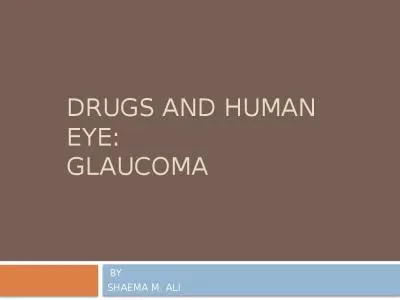PPT-Chapter 17: Water and Aqueous Systems
Author : phoebe-click | Published Date : 2018-10-31
Ms Knick HAHS CHEM 1B Chapter 17 Section 1 Liquid Water and Its Properties it is foundation of all life makes up 70 of body of humans can exist in all three
Presentation Embed Code
Download Presentation
Download Presentation The PPT/PDF document "Chapter 17: Water and Aqueous Systems" is the property of its rightful owner. Permission is granted to download and print the materials on this website for personal, non-commercial use only, and to display it on your personal computer provided you do not modify the materials and that you retain all copyright notices contained in the materials. By downloading content from our website, you accept the terms of this agreement.
Chapter 17: Water and Aqueous Systems: Transcript
Download Rules Of Document
"Chapter 17: Water and Aqueous Systems"The content belongs to its owner. You may download and print it for personal use, without modification, and keep all copyright notices. By downloading, you agree to these terms.
Related Documents

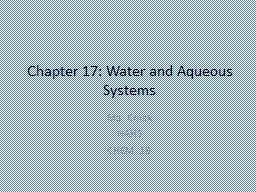
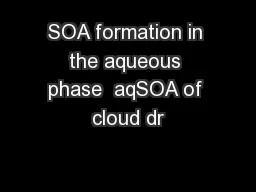
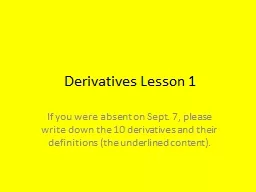
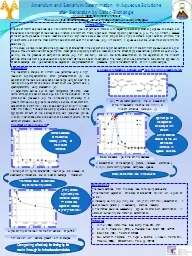
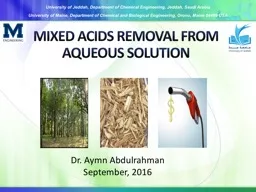
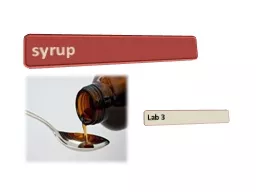
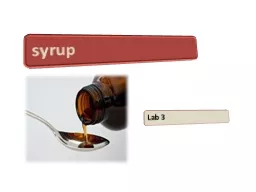
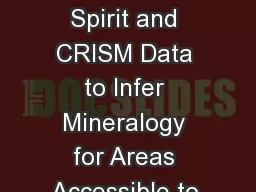
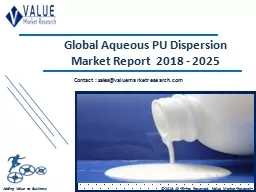
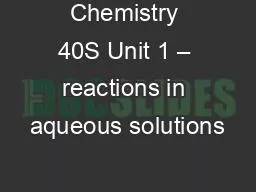

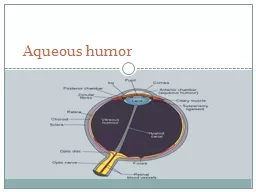
![[Zhang et al., 2007] NO 3](https://thumbs.docslides.com/920739/zhang-et-al-2007-no-3.jpg)
